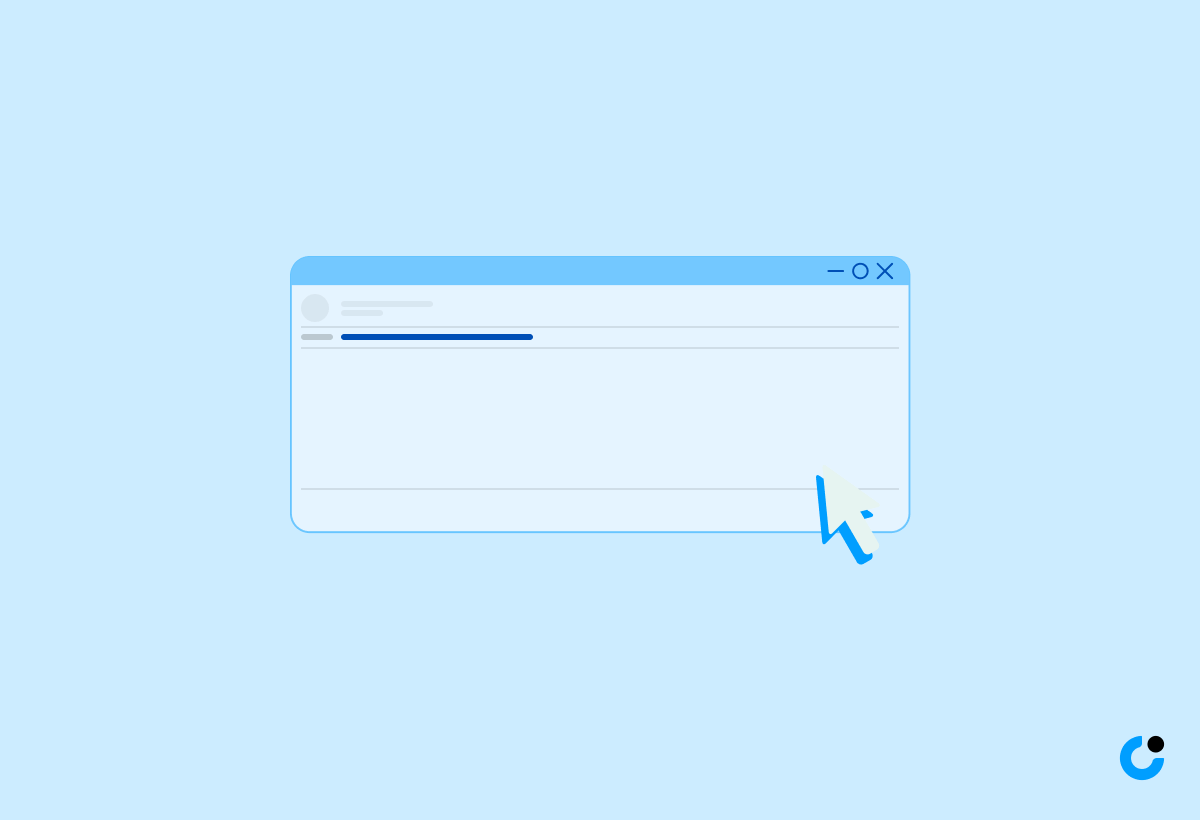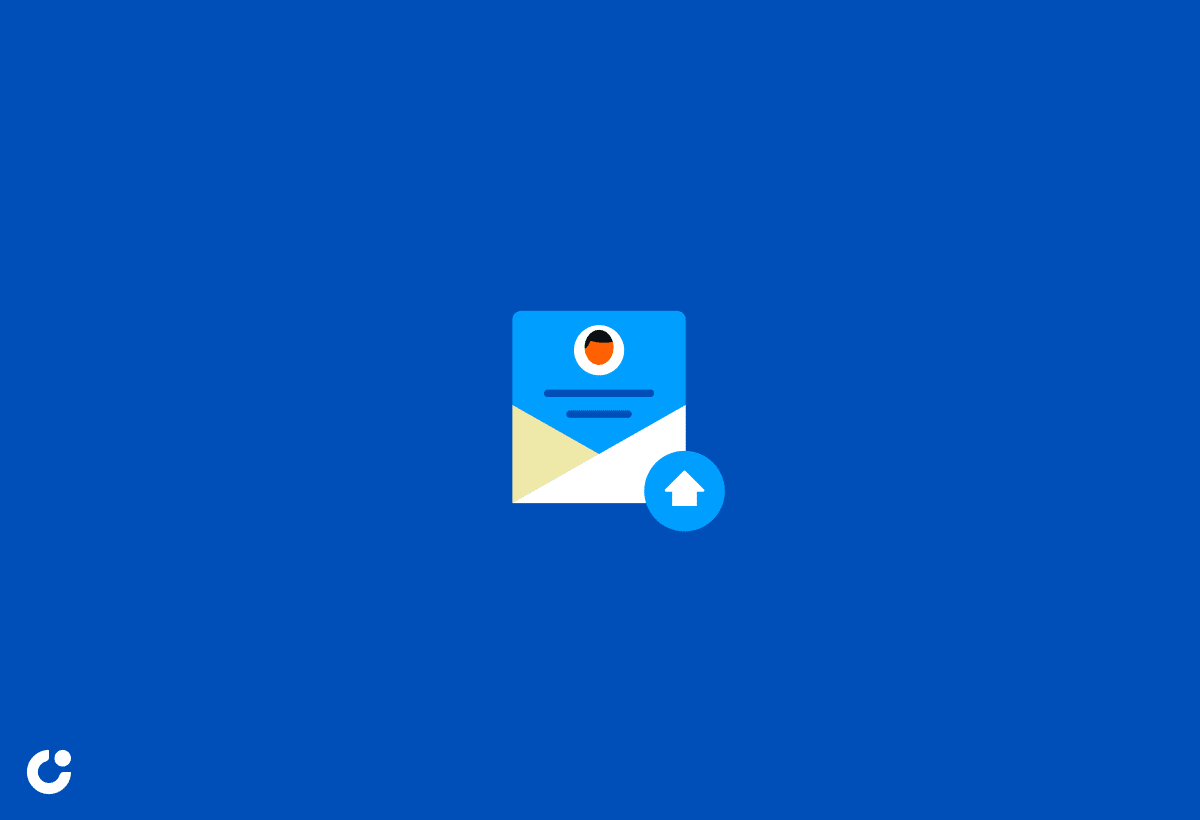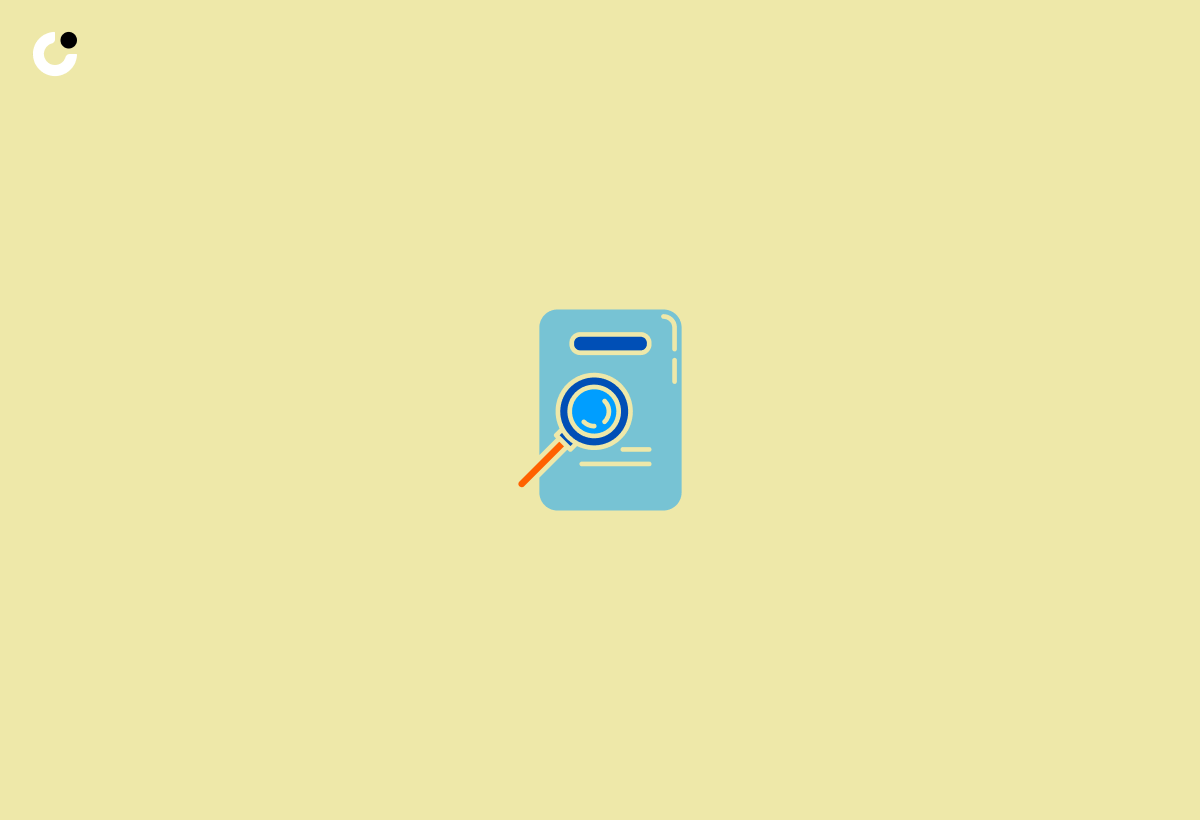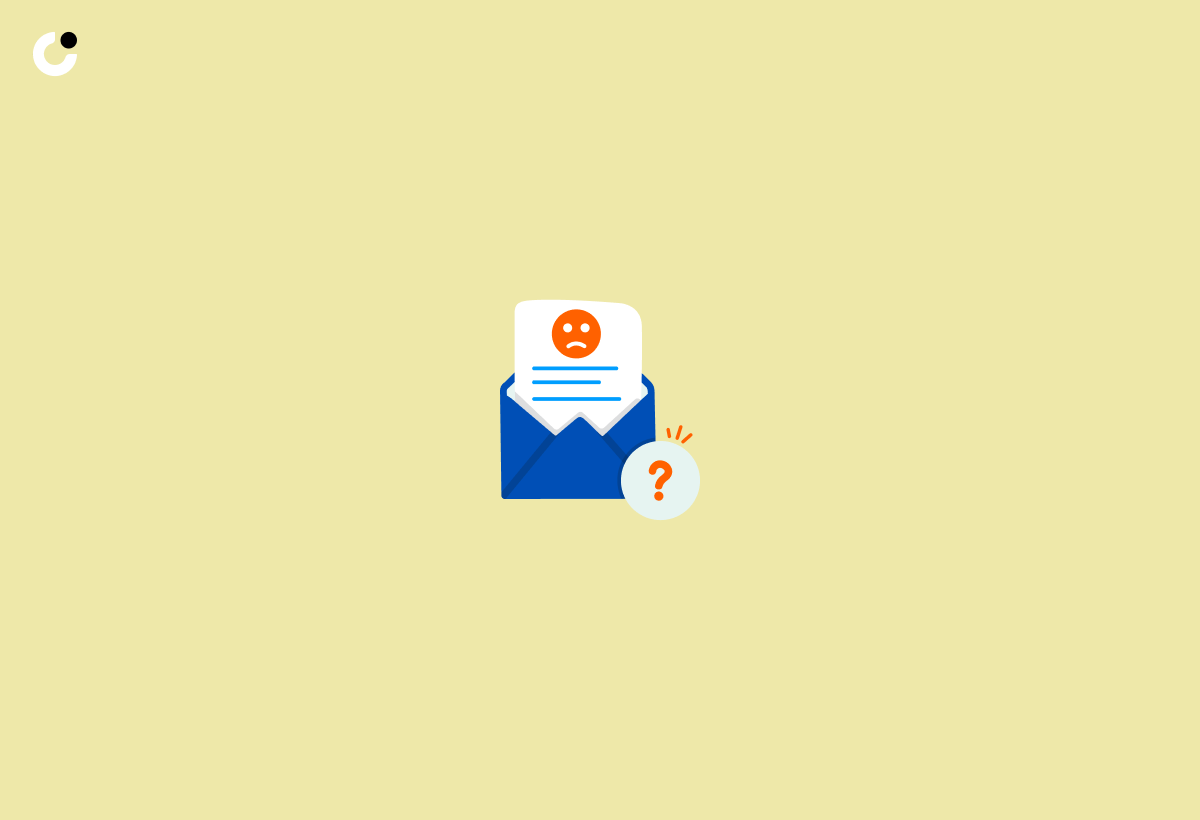Have you ever felt the frustration of sending cold emails and experiencing cold email no responses? You’re not alone. The reality is that most cold email campaigns fall short due to various obstacles. But don’t worry; there’s hope! We’ve got 9 proven strategies to turn things around and help you get the results you’re after. Armed with these techniques, you’ll not only see an increase in responses but also build meaningful connections with potential customers.
So, buckle up and join us on this journey to uncover the secrets behind successful cold emailing. We’ll explore everything from crafting compelling subject lines to nurturing cold leads, ensuring that you have all the tools you need to make your next cold email campaign a resounding success, overcoming the cold email no response hurdle.
Key Takeaways
- Target the right audience, personalize messages & refine content/timing for maximum response rates.
- Craft compelling subject lines to stand out and increase open rates.
- Utilize social proof & case studies, powerful CTA’s and consistent nurturing of cold leads to convert customers.
Understanding the Reasons Behind No Response

Did you know that targeting the wrong audience, lack of personalization, and poor email deliverability are common factors that hinder response rates in cold emailing? That’s right – sometimes, it’s not your message but who you’re sending it to or how it’s being delivered that causes your cold emails to fall flat.
Begin your cold email journey by pinpointing the correct person in a company, which could be a decision-maker or an individual in charge of the area you’re targeting. Make a point of including their company name and role in your email as a testament to your research. Subsequently, draft your message with attention to their pain points and business relevance.
Keep in mind that timing is also a significant factor. Increasing your chances of a response necessitates sending follow-ups and refining your email content. Keeping these factors in mind, you can considerably enhance your cold email campaign’s effectiveness and connect with the right people.
Crafting Compelling Subject Lines

An engaging email subject line is the gateway to your cold email. It can be the deciding factor between your email being opened or overlooked. So, how can you craft subject lines that will make people want to open your emails? Keep it concise, clear, and provide a compelling reason for readers to open your emails.
Your subject line should be relevant to the recipient and demonstrate the value you’re offering. If it doesn’t, your email might end up in the dreaded spam folder, never to be seen again. To make your cold emails stand out, try using tools like ChatGPT to craft a unique, personalized intro line that reflects your personality.
Don’t forget to test different subject lines to see what resonates best with your target audience. Keep track of your email open rates and tweak your subject lines accordingly to maximize their impact.
Personalizing Your Cold Emails

Personalizing cold emails can make the email more engaging and relatable to the recipient, helping you stand out from the crowd. To make your cold emails more credible, mention current clients, namedrop investors, and include previous achievements and clients. Establishing credibility is vital for securing a positive response and making a great first impression.
To make your cold email introductions more personal, show that you’ve done your research. Mention the recipient’s company or recent achievements, or highlight a common connection or shared interest. By doing so, you’ll demonstrate that you have something in common and are genuinely interested in helping them.
Remember, a lack of personalization can give the impression of automation and decrease the likelihood of engagement and response. So, always take the time to tailor your cold emails to each recipient, addressing their specific needs and pain points.
Ensuring Email Deliverability

Email deliverability is critical for cold emailing success. If your emails don’t reach the recipient’s inbox, you won’t get a response, and your efforts will be in vain. To maximize your chances of success, build a strong reputation as a sender, craft engaging email content, and monitor your engagement rates.
Tools like InboxAlly can help you improve your email deliverability. By boosting your sender reputation and engagement with smart seed emails and AI-driven interactions, InboxAlly ensures that your emails reach their destination.
In addition to using deliverability tools, regularly audit your email deliverability rates to assess and enhance your performance. By focusing on these strategies, you’ll ensure that your cold emails make it into your recipients’ inboxes, increasing the likelihood of responses and ultimately, the success of your campaign.
The Art of Following Up

Did you know that sending just one follow-up email can boost your reply rate by an impressive 22%? To maximize your chances of success, experts recommend to send follow ups at least 4 times. But how can you make your follow-up emails stand out and avoid common mistakes?
Include more than just a repeat of your pitch in your follow-up email. Here are some ideas to consider:
- Offer something of value, such as a free e-book or a link to a blog post, to build your credibility.
- Highlight another advantage of your product.
- Provide a case study that showcases the success of your product.
- Include a video that demonstrates the potential benefits of your product.
These additional elements will help make your sales emails more engaging and persuasive, especially when crafting a follow-up email.
Timing is crucial when sending follow-ups. Here are some tips to keep in mind:
- Avoid irritating your recipients by waiting at least a week before sending your first follow-up.
- Be persistent yet respectful in your follow-ups.
- Increase the chances of rekindling interest and getting a response by staying polite and professional.
By following these guidelines, you can effectively follow up without being pushy or annoying.
Testing and Refining Your Cold Email Strategy

Enhancing your cold email response rates requires:
- Testing and honing your strategy based on metrics, open rates, and recipient feedback
- Continuous testing and refining to craft emails that connect with your potential customers
- Leading to more meaningful interactions
Monitor your open rates, click-through rates, and responses to measure the success of your cold emails. Be receptive to feedback and use it to enhance your cold email campaigns. By learning from your successes and failures, you’ll make informed decisions about what works best for your cold email strategy.
Remember, the key to cold email success is constant refinement and adaptation. Stay on top of your metrics and be ready to adjust your approach as needed to maximize your response rates and overall effectiveness.
Leveraging Social Proof and Case Studies

Social proof is a powerful concept that demonstrates to potential customers that others have already taken the action you’re suggesting. By leveraging social proof and case studies in your cold emails, you can show the value of your product or service and build trust with your recipients.
To make the most of social proof and case studies, you can:
- Feature real customer stories
- Emphasize the positive results of using your product or service
- Tailor each case study to the recipient and make it relevant to their business
Doing so will make your case studies more meaningful and impactful.
By incorporating social proof and relevant case studies into your cold emails, you’ll instill confidence in your product or service, demonstrate its value, and ultimately increase the likelihood of receiving a response.
Utilizing Call-to-Action Techniques

A clear and compelling call-to-action (CTA) in a cold email can guide the recipient towards the desired action and boost engagement. To craft an irresistible CTA, make it stand out visually with buttons or bold text. Keep it focused on one goal and ensure the link works correctly.
Try changing up the wording and position of your CTA. This will help you to identify which of your variations resonates most effectively with your readers. By tracking and measuring the performance of your CTA, you’ll be able to make improvements based on the results.
A well-crafted CTA can make all the difference in your cold email’s effectiveness. By following these steps, you’ll maximize the impact of your CTA and guide your recipients towards the action you want them to take.
Nurturing Cold Leads

For transforming potential clients into customers, nurturing cold leads is a must. Achieve this by:
- Offering valuable content
- Catering to your cold leads’ needs
- Maintaining regular communication
- Sharing content that showcases your comprehension of their pain points and preferences
Maintaining accessibility and consistency is key when nurturing cold leads. Here are some strategies to consider for effective cold outreach:
- Respond to inquiries promptly
- Send emails on time
- Make cold calls
- Interact with them on social media
- Experiment with different outreach rhythms
- Adapt your content to strike a chord with your cold leads
By implementing these strategies, you can effectively nurture your cold leads and increase your chances of converting them into customers.
By nurturing cold leads, you’ll build trust and demonstrate your commitment to addressing their needs. Over time, this consistent and valuable communication will help you turn cold leads into loyal customers.
Summary
In summary, successful cold emailing requires a combination of carefully crafted subject lines, personalization, email deliverability, timely follow-ups, and continuous testing and refinement. By leveraging social proof, case studies, and compelling call-to-actions, you’ll build trust and demonstrate the value of your product or service to your recipients.
With these 9 proven strategies in hand, you’re well-equipped to transform your cold email campaigns and achieve the results you’ve been dreaming of. Keep nurturing your cold leads, and remember that persistence, patience, and adaptation are the keys to cold emailing success.
Frequently Asked Questions
Why is no one replying to my cold emails?
It's likely that the lack of replies is due to emails being too long and overwhelming, or simply being forgotten because they lacked a clear call-to-action. Make sure your cold emails are concise and include an attention-grabbing call-to-action to get maximum engagement.
How long to wait for cold email response?
Allow the recipient 3-7 days to respond, then follow-up every week until you receive a response. You don't want to wait too long, but don't send a follow-up too soon either - stick to waiting 3-7 days before reaching out again.
How do you politely email someone who hasn't responded?
Politely follow up with a clear, direct message and motivating tone, adding value by including context from the initial contact and providing a call to action. Request if there is time for conversation and provide a reminder of your last touchpoint to help jog their memory.
What percentage of people respond to cold emails?
Cold emailing can be successful, with an average response rate of 7%.
How many follow-ups should I send in my cold email campaign?
Send at least 4 follow-up emails to maximize the chances of success in your cold email campaign.

